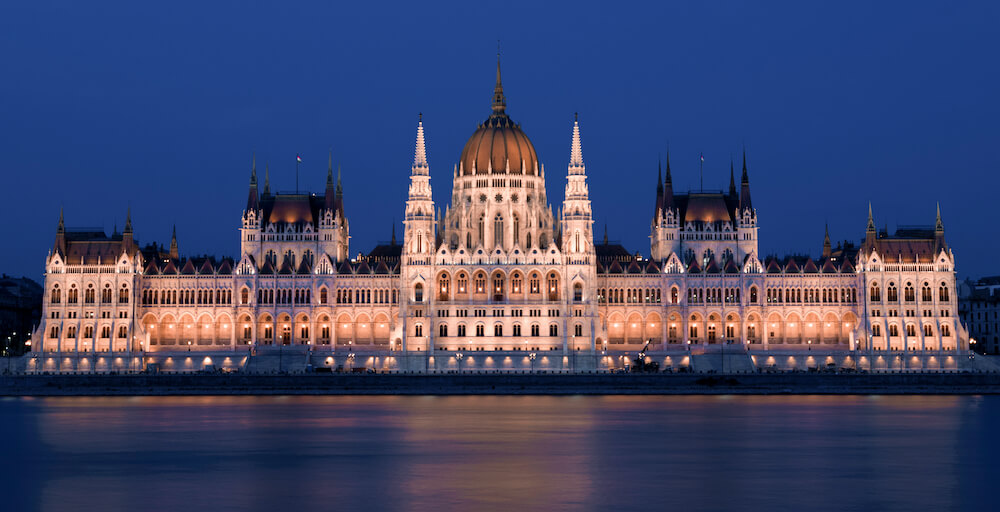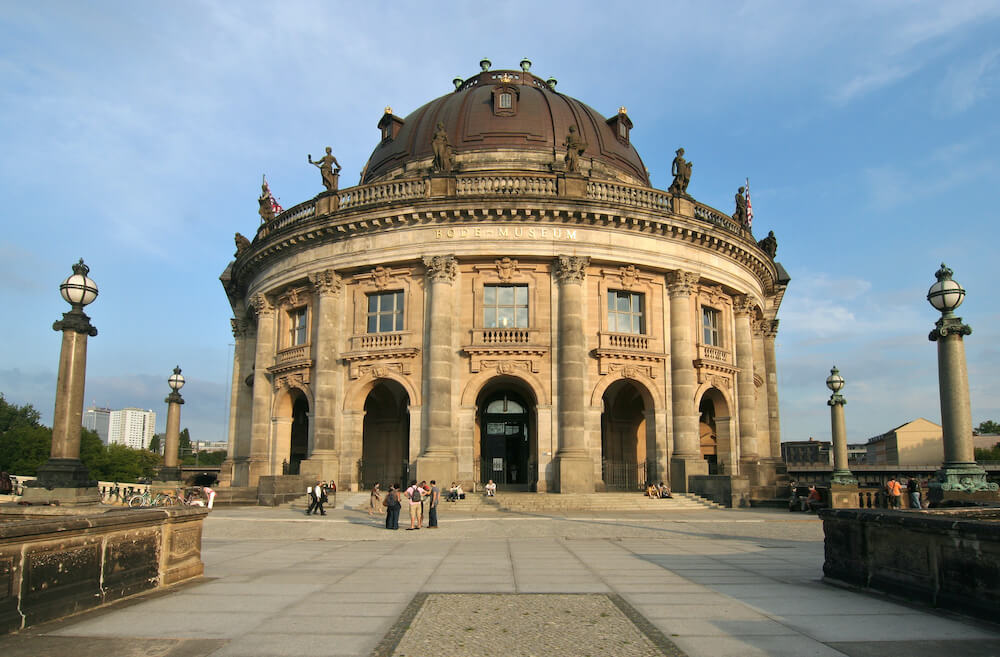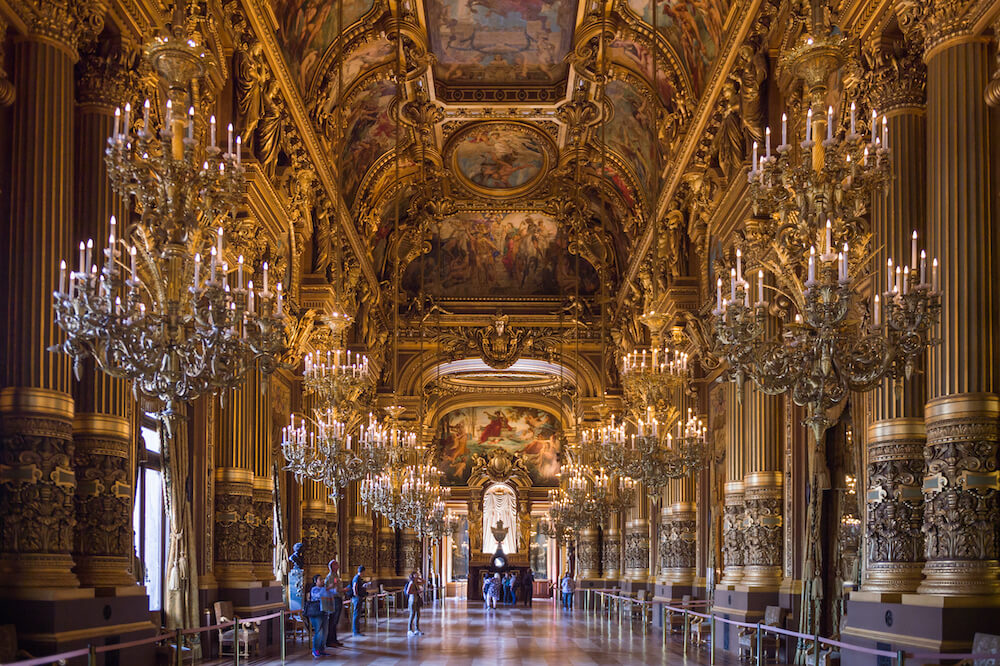Eclecticism in design: how to combine styles and look cool
Architecture and interior design have a bunch of styles: Barocco, Classicism, Gothic, Renaissance, etc. But what happens if we mix them?

The term eclecticism deals not only with architecture or design. Its roots lie in Ancient Greek philosophy. In Greek, eklektikós means selecting what appears to be the best. After Plato and Aristotle, Greek philosophers tried to combine different ideas to build up their philosophical systems. Although it was not a compliment to call someone eclectic, the tradition of intellectual mixing emerged.
In the 19th century, it reappeared as an art style when all the mono styles exhausted themselves.

A great deal of famous buildings in Europe is eclectic. The Big Ben in London is neo-gothic (neo is often a clue to spotting eclecticist styles). Grand Palais and Opera Garnier in Paris are neo-baroque or beaux-arts. The Bode Museum in Berlin is another subtype of baroque aesthetics—baroque revival.
In the 19th century, combining styles was presented as something new. Standards and features of well-known styles became outdated, and customers wanted something completely different.
There are two points of view on eclecticism. Some art theoreticians think that eclecticism arises in transitional periods. That is the time when creativity matters and new designs become possible. Others argue that eclecticism impedes progress, restrains the arrival of new styles, and doesn’t add anything new to the aesthetics.
Let us explore several examples of eclectic architecture and interior design and figure out what of the two stances is true.

There are different eclecticisms. How to spot them?
In the late 18th century architects and their customers grew tired of the limitations of classical styles. They decided to combine elements from different styles of the past with regard to the purpose of the building in progress.
This new type of architectural thinking showed itself in theatres, tenements houses, banks, shops and market passages, government buildings, schools, universities, and so on.
The architects preferred to call their approach revivalist because they didn’t simply draw randomly from some of their favorite styles, but rather choose the elements according to the purpose of the building, its surroundings, and the context. They gave those old elements a new life.
As you already might know, design is a mindset that always considers the context. That’s precisely what those architects aimed to do 200 years ago.
There are plenty of revivalist neoclassical styles in architecture. Let’s look closer at some of them and their distinctive features.
Neo-Grec, or Greek Revival
There was a “rediscovery of Greece” at the beginning of the 19th century and it reflected on architecture. The style was very popular in Britain, North America, Germany, but not in France.
How can we see that the building in front of us is Neo-Grec?
- it has columns and pilasters (columns embedded in walls)
- it is symmetrical and formal
- has elaborate doors, flat walls, and a gabled roof.

Neo-Gothic, or Gothic Revival
This movement began in 1740 and flourished in the 19th century showing itself mostly in churches, but also schools and residential houses.
How to know a neo-Gothic church when you see it?
All the decorations are there: pointed arches, front-facing gables with decorative incised trim, decorative crowns over windows and doors, castle-like towers with parapets, pitched roof. The basis is modern, though: 19th-century architects didn’t apply the principles of their Gothic predecessors. For example, there are fewer or simply no buttresses outside the building.

Neo-Renaissance, or Renaissance Revival
This one is a group of styles inspired by Italian and French architecture of the 14th-16th centuries. The fact that neo-Renaissance was also popular in those very same countries makes it harder to tell apart from the original. Let’s try, though.
What’s similar? Decorations: round arches, arcades, balustrading from the earlier Gothic style.
What’s new? Large and numerous windows, intricate masonry, bigger scale compared to the original Renaissance, and hipped or flat roofs.

Neo-Baroque, or Beaux-Arts
This one is a pure French style taught at the School of Fine Arts (École des Beaux-Arts) in Paris from the 1830s to the end of the 19th century.
It combined the characteristics of French neoclassicism (which was strict and formal) that had been evolving 60 years before, as well as Roman and Gothic styles with modern architectural materials like glass and iron.
How do we spot a Beaux-Art building? On the outside, it is orderly symmetrical, made of stone or stone-like material, looks formal and grandiose, has columns, and is elaborately decorated. On the inside, it’s polished and lavishly decorated, with grand stairways and opulent ballrooms.
Opera Garnier or Palais Garnier opened in 1875 in Paris and is considered a prominent example of Beaux-Arts architecture and design. Its style is borrowed from many historical sources including elements from the Baroque, Renaissance, and the classicism of Palladio architecture. These were combined with axial symmetry and modern techniques and materials and the use of an iron framework.


What about eclecticism in interior design?
When it comes to eclecticism in design, it’s a bit chaotic. People tend to call eclectic any design that combines a variety of elements.
The term designers use to describe a proper eclectic design is cohesive. We can find tons of advice about design that will look both eclecticist and harmonious.
The simplest way to reach harmony is to combine no more than three styles, consider the scales of objects and their surroundings, and not use bright colors.
Still, eclectic designs are something from contemporary interior design magazines only. As it was with architecture, eclecticism in furniture and interior design sprang in the 19th century for the same reasons—fatigue from classical styles.
